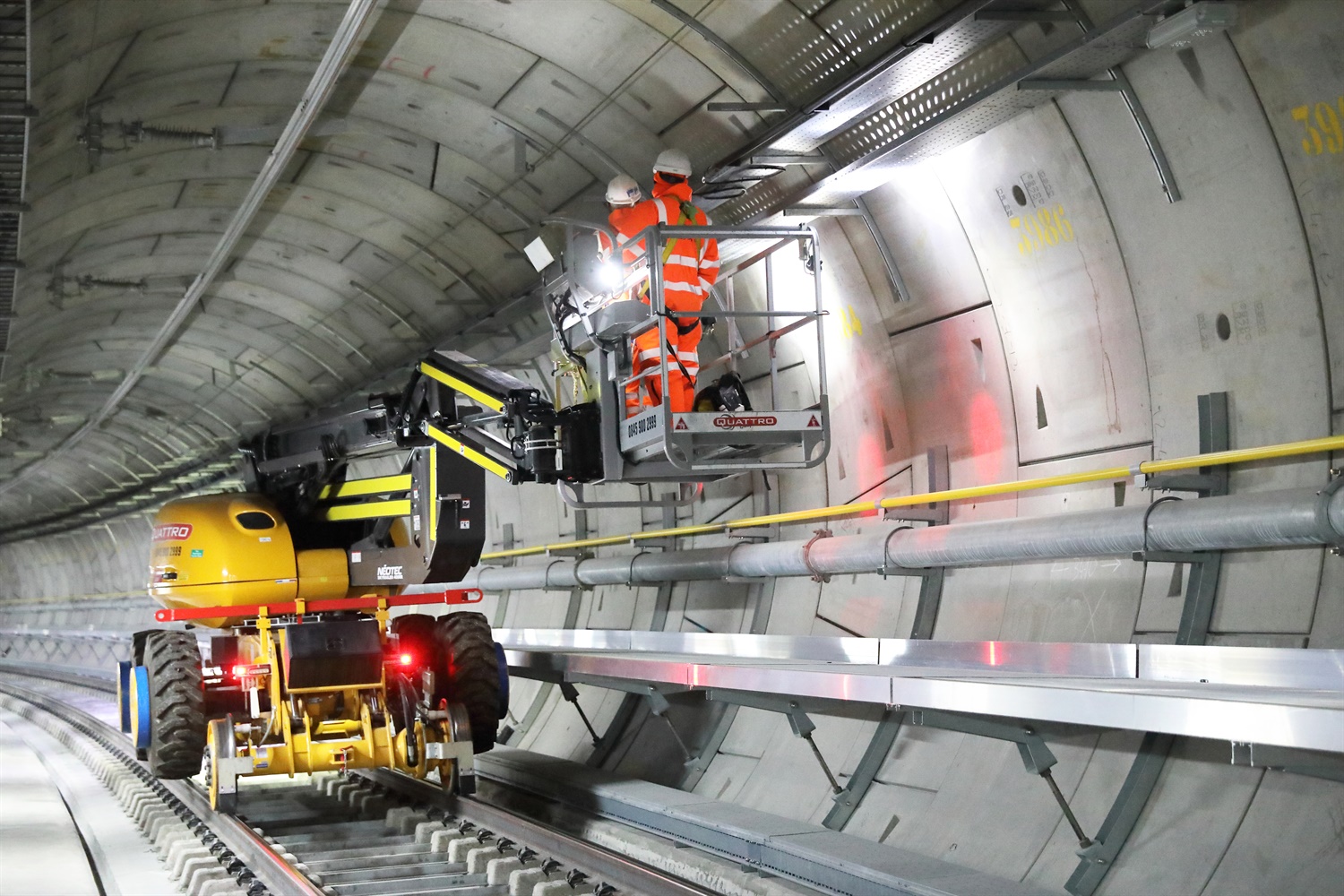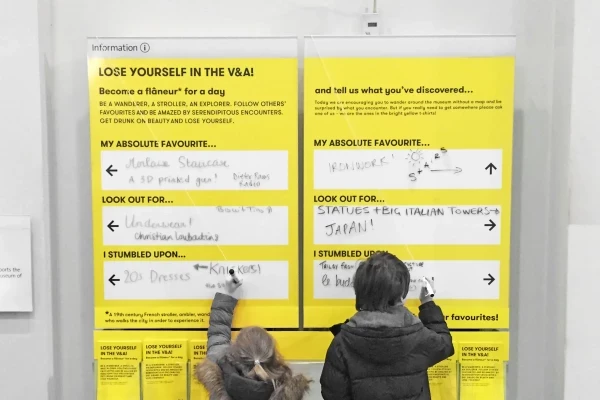
Siemens Mobility
Human Factors support as an integral part of Crossrail signalling and control system design
Mima was contracted by Siemens over a 10 year period to support their design, build and commissioning of the state-of the-art Communications-Based Train Control (CBTC) system for the Central Operating Section (COS) of the new London Crossrail route. This consisted of the review of signalling and maintenance operations related to the CBTC system. The signalling control system human machine interface (HMI) was assessed from concept design to detailed design with the intended end users. The project culminated in the production and acceptance of an ergonomics close out report submission for the commissioning of the Siemens system on the Crossrail workstations at Romford Route Control Centre (RCC).
Our Task
Mima began with fostering a deep understanding of the Siemens signalling system through developing a system-based hierarchical task analysis (HTA), by examining the HMI using simulators in Braunschweig, Germany. An alarm management strategy for the system was created to define presentation, structure and prioritisation of alarms. This strategy was applied through prioritisation and allocation workshops with informed intended end users.
During concept design of the signaller Human Machine Interface (HMI) and the maintainer Handheld Terminal (HHT) device Graphical User Interface (GUI), expert heuristic evaluation was first undertaken to assess design compliance with recognised usability principles. Following this, low fidelity usability assessments were conducted to provide early intended end user feedback on the products. Then as the detailed design was developed, high fidelity usability testing on the Crossrail application was utilised to ensure ease of use and user satisfaction before entry into trial running. This iterative process allowed for designs to be refined for the HMI/GUI based on actual user experiences and feedback.
In the case of the signalling system, the HTA was used to identify suitable sequences of tasks to be performed as part of the usability testing. Siemens and stakeholders including Rail for London managers and operational staff collectively determined task steps which could be grouped together so they were performed as realistic operational scenarios. Scenarios were written to include normal, degraded and emergency working. A series of four operability testing sessions were carried out over consecutive years on simulators with increasing levels of fidelity. These tested the usability of the HMI and the workload imposed by it. Test plans were created in advance of each assessment, to ensure the agreement of participants, methodology of the evaluations, performance metrics and a detailed programme. Acceptability criteria was established in advance of the testing to ensure that results could be measured against an agreed benchmark. Users provided feedback via a discursive method, with testers observing any errors and assists during testing to identify completion rate of scenarios and administering standardised questionnaires like the System Usability Scale (SUS) and NASA TLX to gather quantitative data on user perceptions. Structured questions were also asked as part of debrief sessions. By combining these methods, we were able to gain a comprehensive understanding of the HMI's usability and identify areas for improvement.
In the case of the HHT, which is used to support possession management activities whilst on the infrastructure, HF activities were conducted to provide ergonomics assurance of the product. The usability of the Graphical User Interface (GUI) was judged from the two stage user trials undertaken. The first stage consisted of desktop based trials to assess the general usability of the device and the design of its GUI. The second stage involved field trials to assess the impact of environmental factors and Personal Protective Equipment (PPE) on the usability of the HHT GUI.
Human error analysis was used to consider hazards associated with the system throughout its operation, including hazards during maintenance. A structured Hazard Identification (HAZID) workshop was used identify all possible hazards associated with the Signalling and Train Control project. This was achieved by drawing on the knowledge and experience of experts from all disciplines involved, combined with a review of previous reference system hazards as required by the Common Safety Method (CSM) process.
The design of the RCC workspace was managed by another company but Mima was required to collaborate with them and the desk supplier to provide an ergonomics assessment to identify areas of the RCC and workstation designs which may have posed a risk to the ergonomics of the set up and use of the Siemens signalling system. Through a series of workshops, workstation configurations which optimised the usability of the system’s user interface in conjunction with the other existing systems were jointly agreed.
A Line Wide Overview Display (LWOD) was designed for the RCC as a means of providing shared information within an integrated control room. The LWOD would be used by all the users of the control room not only the signaller, therefore there were differing requirements for the display content which were discussed and agreed in collaborative workshops. Ergonomic assessments were used to examine the visibility and readability of the LWOD from the signaller workstations within the room.

Our Solution
recommendations captured within test reports. Any identified issues considered to require further tracing were entered into an Ergonomics Issue Log (EIL). The EIL was maintained throughout the project and regularly reviewed in meetings with all stakeholders, including RfL project, RfL HF and Siemens, to ensure that all items were tracked through until resolution.
By employing these human factors methods and tools throughout the user-centred design and development process, we enabled Siemens to deliver interfaces that were intuitive, efficient and aligned with users cognitive and physical capabilities. Mima worked with Siemens to ensure that the system application for Crossrail was compliant to Network Rail standards and produced a close out report with a supporting overview of all ergonomics activities, which provided ergonomics assurance for the system.
Our Continuing Work:
Following our success on Crossrail, Mima have been contracted by Siemens Norway to undertake similar activities for the introduction of the CBTC system for Oslo Metro. Mima have undertaken site visits as part of an Early Human Factors Assessment (EHFA) to understand the existing products, users and operations in detail. We have also begun ergonomic assessments at concept design stage.


